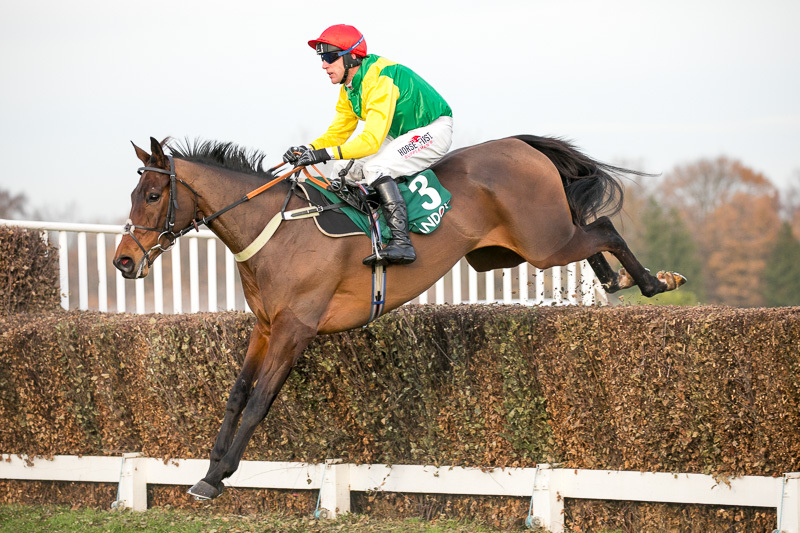Racing Ahead has long been a magazine that advocated adding some method to the madness of betting. After all, it is not easy trying to find winners so any little tools in our favour should always be embraced.
A lot of people shy away from using the phrase ‘a system’ as it conjures up images of Handicap Books from the 1960s plastered with small ads for ‘systems that cannot fail’ and promises of great riches if only you would be so good as to hand over a cheque for £250.
If it helps to call them methods instead then all the good – the message is that there are patterns in racing and certain factors that can be used to make it just a little easier to come out on top.
Things have come a long way since the days of the Handicap Book. I collect old racing newspapers (much to the bemusement of my nearest and dearest) and the lack of information punters of the past had to contend with is puzzling to someone who started betting in the 1980s.
I recently added some late 1960s Sporting Lifes to my collection and see from these that the draw was not indicated on the racecards and the form didn’t indicate where a horse was drawn on its recent starts.
It must have made things very interesting trying to work out sprints at Beverley or Chester without knowing the draw and it’s incredible to think how far we have come since in terms of information then (albeit with some way still to go).
There was one pointer on the cards that is at the centre of this article – course and distance wins. In the 1966 editions of the Life, course wins were indicated and it’s no surprise as this is one of the key aspects of form study.
If a horse has at least proven itself over the course and distance, that’s one major factor in its favour. One of the other major pointers to winners is to only back horses that are proven on the going.
So what about combining those factors together to concentrate on horses that are course and distance winners and have won on the going.
My favourite methods are those that keep things simple and can be identified from most daily papers.
And many papers these days indicate the going that each horse has won on – certainly the Daily Mirror, Daily Star and Daily Mail do, along with the Racing Post of course and The Sun’s Saturday colour cards.
Methods are also kept simple by making sure there can be only one selection in a race. Not only does this cut down bets but many people don’t like “betting against themselves” so methods with only one qualifier are the easiest to run.
To the rules then:
1. Look for races with only one course and distance winner
2. If that horse has also won on today’s going, then it is a selection
So a simple system/method and each day’s racing can be scanned for races with only one CD winner, then the going criteria can be applied. Ten minutes work to assess an entire day’s action.
Applied to all courses, this method brings in a strike-rate of around 26% for a loss of around 10% of stakes – better than sticking a pin in but not a profitable system as such.
As we know from Fenman’s writings and others, there are certain courses where a course and distance win are more important than others.
And those courses where the strike-rate has increased to above 30% are in the table below:
Track Bets Wins Win% £1 bet Places Place%
Kelso 10 5 50% 19.25 7 70%
Market Rasen 16 8 50% 6.37 13 81%
Taunton 12 5 42% -0.50 7 58%
Hamilton 10 4 40% 4.38 5 50%
Wincanton 14 5 36% -0.92 7 50%
Naas 11 4 36% -4.03 6 55%
Huntingdon 14 5 36% 0.92 8 57%
Fontwell 22 8 36% 0.90 15 68%
Ayr 22 8 36% -1.74 12 55%
Hexham 15 5 33% -3.64 7 47%
Navan 22 7 32% -0.05 12 55%
Cork 13 4 31% 10.07 8 62%
Wolverhampton 99 31 31% 6.84 56 57%
Wetherby 10 3 30% -3.44 3 30%
Musselburgh 20 6 30% -4.30 14 70%
Hereford 10 3 30% -2.21 4 40%
Sandown 10 3 30% 3.58 7 70%
Kelso has appeared before on lists where course wins pay dividends and it’s no surprise to see it here again. Jumps venues fare best with Market Rasen, Taunton and Wincanton also having encouraging results.
Some courses show a small loss on stakes but these figures are to SP and with many bookies now offering early prices on every race with a best-odds guaranteed policy, it shouldn’t be difficult to beat starting price these days.
The particular surprise was Wolverhampton where the sheer volume of racing would be likely to make such a method difficult to win with. But that doesn’t seem to be the case and the high strike-rate is something to help through the winter months.
So, while there won’t be bets every day, this looks like another method to add to the portfolio.











